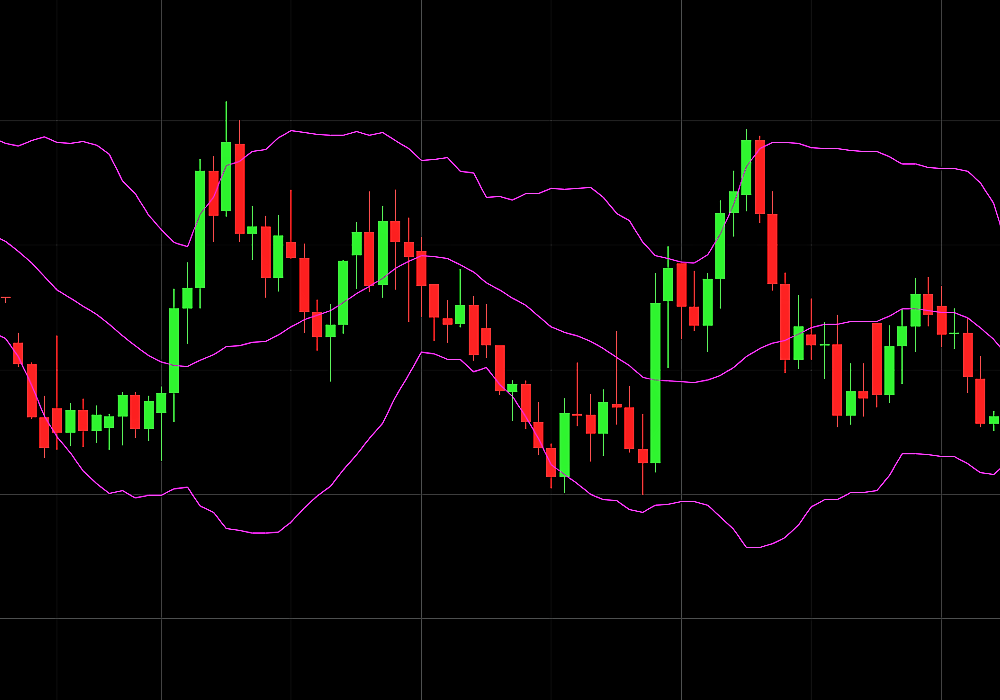In the world of binary trading, various strategies are employed by traders to maximize profitability. One such method is the scalping strategy, which is lauded for its potential to yield quick returns, though attracting equally quick attention to its risks. Learn about the fundamentals of scalping strategies in binary trading here.

The Concept of Scalping Strategy in Binary Trading
Scalping is a trading technique that involves seizing minuscule price movements that occur within minutes or even seconds. This rapid-fire technique aims to accumulate tiny profits over multiple transactions while mitigating risks through short exposure time.
Advantages of Adopting Scalping Strategies in Binary Trading
In general, the scalping strategy can be enticing to binary traders due to various benefits:
- Profit Potential – Scalping offers significant potential for profit given the sheer volume of transactions that can be conducted within a trading session, racking up small gains.
- Reduced Exposure – Short exposure in scalping trades results in decreased vulnerability to market volatility, as fluctuations have less time to impact a trader’s position.
- Diversified Risk – The reliance on multiple transactions instead of one large profit-making strategy contributes to risk diversification, spreading the trader’s capital across several positions.
Disadvantages of Implementing Scalping Strategies
While the concept of scalping is undoubtedly appealing, traders should be aware of some of the challenges:
- Limited Profits – Scalping’s focus on small price movements imply even successful trades yield limited returns.
- Intensive Monitoring – The fast pace of scalping necessitates constant attention to the trading platform, requiring immense dedication and concentration.
- High Pressure -The pressure to make correct decisions in an extremely short timeframe can lead to cognitive stress and burnout, impacting decision-making skills.
- Many Decisions – The sheer number of transactions involved demands robust strategies and quick action, posing a challenge to novice traders.
Key Factors for Successful Scalping
To ensure the effective implementation of scalping in binary trading, traders should acknowledge and address the following factors:
- Consistency – Scalping’s success hinges on the ability to maintain consistent results, as minor errors can undermine multiple gains. Traders should focus on improving their accuracy to obtain consistent, albeit small, profits.
- Time Commitment – Scalping can be time-consuming, as traders need to monitor the market and execute decisions rapidly. Consequently, an unwavering time commitment to this trading strategy is vital.
- Efficient Trading Platform – A reliable and responsive trading platform is indispensable for successful scalping. It should ensure swift order execution and feature a user-friendly interface that allows traders to make split-second decisions with ease.
- Emotional Control – Lastly, maintaining a calm disposition in fast-paced market environments can be challenging. Emotional control and discipline can enhance decision-making and help traders avoid impulsive trading.

